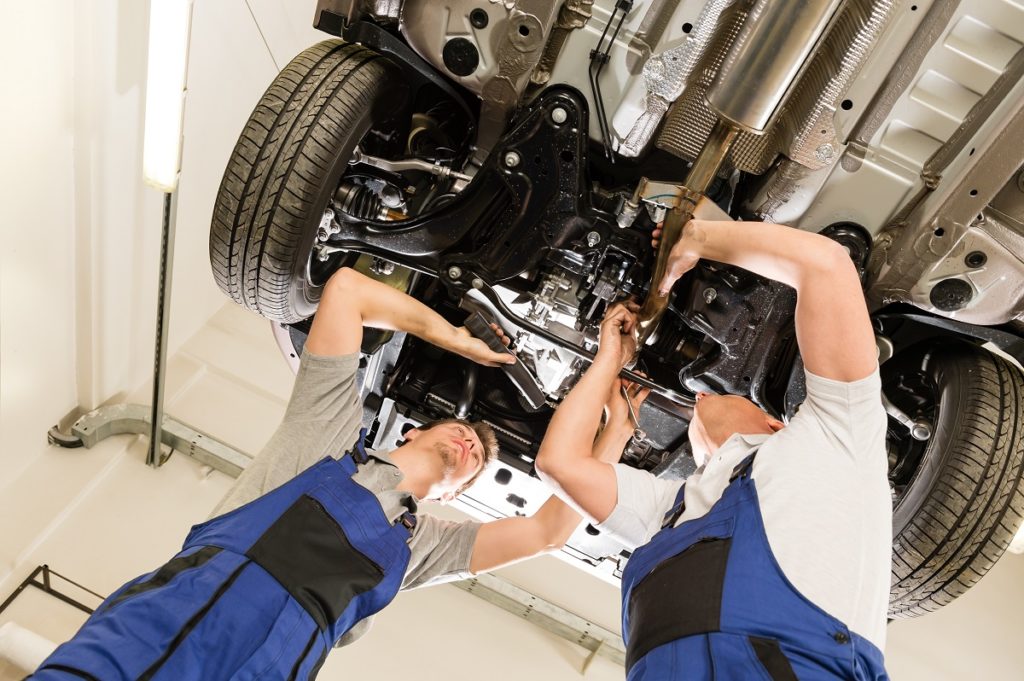When it comes to vehicle suspension systems, the first thing that comes to mind is the leaf or coil spring. However, some vehicles are equipped with a different type of suspension kit: air suspension. It might come as a shock to many, but the technology has been around since the late 1940s, and NASCAR racers even used air suspension.
Air suspension replaces the traditional leaf and coil spring with air compressed in rubber or plastic diaphragms. These air springs function like their metal counterparts, with help from electronic sensors and compressors.
If you’re a new car owner, here are essential reminders on maintaining an air suspension system.
Maintain its cleanliness
The basic principle of vehicle maintenance is keeping it clean, including its suspension system. While washing your car, make sure to inspect the under chassis. This will help you discover suspension parts that need replacing and signs of leaks. Mix water and some car shampoo in a spray bottle and spray it over the air suspension’s hoses and tubes.
The soapy solution will help you clean its vital components. Do not use abrasive cleaning solutions such as solvents as these can make parts to wear down prematurely. Isopropyl alcohol is recommended when removing oil and dirt.
Take note of any change in ride height
All vehicles have stock or recommended ride heights to maintain driving safety. Any changes or deviations can result in road crashes and fatalities. These will also affect the headlight beam’s aim while driving under poor visibility. Manufacturers suggest that cars must have at least two inches of ride height or ground clearance.
Use a tape measure, ruler, or meter stick to check if your car’s ride height is still within its acceptable range. Any deviation might require help from a hydraulic system repair specialist. A reputable shop can replace worn-out parts or repair it for you.
 Scan the under chassis for possible leaks
Scan the under chassis for possible leaks
Leaking tubes and hoses can affect the system’s efficiency to deliver a comfortable ride. Aside from the potential headaches they might bring, these are safety concerns that need to be addressed immediately. Since they are also connected to the system’s mounting studs, upper bead plate and pistons, they can also affect your vehicle’s riding comfort.
A spray bottle filled with a soapy mixture will help you any leaks. After spraying the lines and tubes with the solution, check for air bubbles. If they appear, have the damaged parts replaced immediately. Repeat the process until all problems are addressed.
Test for possible shock absorber failure
Your air suspension system will not work without your vehicle’s shock absorbers. Working in tandem, both help absorb shock and keep your wheels on the road, literally! If one of them fails, especially the shock absorbers, it will affect the vehicle’s steering, braking capacity, and ground clearance.
Check the shock absorbers for possible leaks in its hydraulic system. Test the shock absorbers by performing a bounce test. Push vehicle’s hood or fender down and see if it bounces back. If your car bounces up to its ride height, your suspension system is working correctly. If it doesn’t bounce back or bounces twice, you need to replace your shock absorbers.
Maintaining your air suspension system should be a priority. Use this guide and put it in practice. This will help you save money from costly repair bills.


